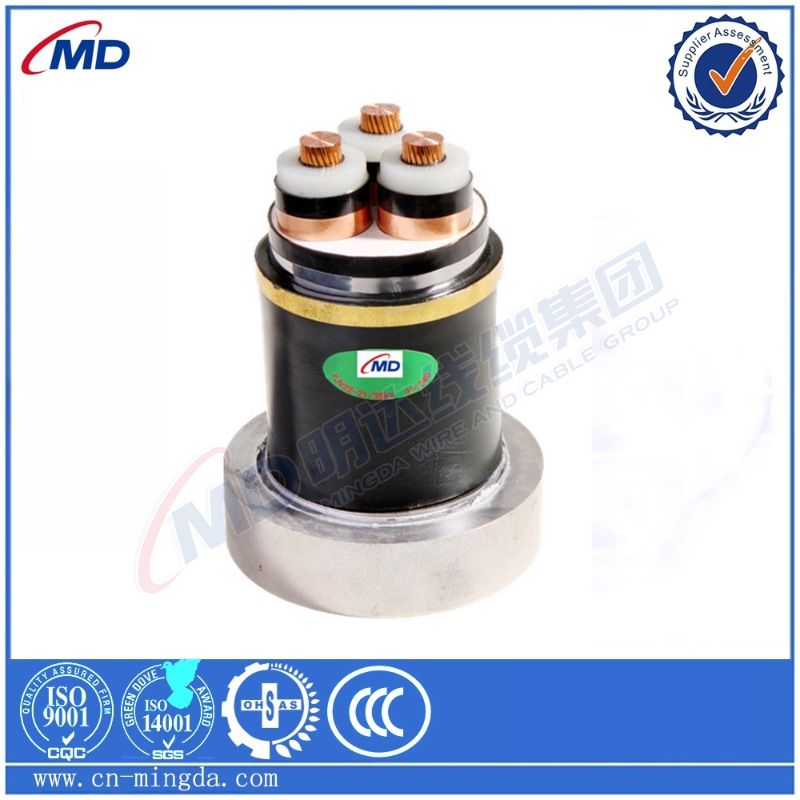Nov . 11, 2024 22:13 Back to list
dismantling joint
Understanding Dismantling Joints A Critical Component in Engineering
When it comes to modern engineering and construction, joint systems play a vital role in ensuring the integrity, flexibility, and durability of structures. Among these systems, dismantling joints are increasingly recognized for their utility in providing access for maintenance, repair, and alteration without the need for complete disassembly. This article explores the significance, types, and applications of dismantling joints in various industries.
What is a Dismantling Joint?
A dismantling joint is a mechanical assembly that allows two connected components to be easily separated without damaging them. Typically utilized in pipelines, ductwork, and other construction applications, these joints facilitate access to different sections of the infrastructure while maintaining a secure connection in operational modes. The design of dismantling joints ensures that the components can be joined and separated multiple times over their service life without loss of performance.
Importance of Dismantling Joints
In today’s fast-paced industrial environment, maintenance and adaptability are crucial. Dismantling joints offer several advantages
1. Ease of Maintenance One of the significant benefits of dismantling joints is their ability to allow for hasty maintenance and repairs. This feature is especially crucial in situations where downtime must be minimized, such as in manufacturing or critical infrastructure.
2. Cost Efficiency The ability to disassemble and reassemble joints without specialized tools or techniques reduces labor costs associated with maintenance. Since entire systems do not need to be removed for repairs or upgrades, operational efficiency is maximized.
3. Flexibility In industries where technology and processes evolve rapidly, dismantling joints provide the flexibility to adjust configurations without excessive effort, allowing a structure to adapt to new challenges or requirements.
Types of Dismantling Joints
Dismantling joints come in various designs, tailored to suit different applications and requirements. The most common types include
dismantling joint

1. Flanged Dismantling Joints These joints incorporate flanges to connect pipes, allowing a straightforward method for disassembly. They are widely used in water supply and sewage systems.
2. Sleeve Type Dismantling Joints These joints use a sleeve mechanism that enables lateral movement during disassembly. This type is particularly useful in ventilation systems, where it aids in accessing and cleaning ductwork.
3. Bellows Dismantling Joints Incorporating flexible bellows, these joints can absorb vibrations and movements in piping systems, making them suitable for high-stress environments like power plants.
4. Pinned Dismantling Joints Utilizing a pin mechanism, these joints allow easy separation while providing a secure hold when assembled. They are often employed in mobile equipment and machinery.
Applications of Dismantling Joints
The application of dismantling joints spans multiple sectors, including
- Water and Wastewater Management Dismantling joints simplify access to essential pipeline systems, allowing for routine inspections and repairs.
- HVAC Systems In heating, ventilation, and air conditioning systems, these joints facilitate modifications and maintenance without compromising system integrity.
- Petrochemical Industries Dismantling joints support the ever-changing layouts in manufacturing and refining processes, allowing for easy adaptations to plant configuration.
- Construction In building structures, they provide the needed flexibility for adapting to varying designs and loads.
In conclusion, dismantling joints are essential components that contribute significantly to the efficiency and longevity of various systems across several industries. Their ability to provide ease of access, cost-effective maintenance, and adaptability positions them as a cornerstone in contemporary engineering practices. Understanding their design and functionality is crucial for professionals seeking to enhance the performance and sustainability of their projects. As industries continue to evolve, the role of dismantling joints will only grow, highlighting the importance of innovation in joint systems.
Share
-
Reliable Wafer Type Butterfly Valves for Every IndustryNewsJul.25,2025
-
Reliable Flow Control Begins with the Right Ball Check ValveNewsJul.25,2025
-
Precision Flow Control Starts with Quality ValvesNewsJul.25,2025
-
Industrial Flow Control ReliabilityNewsJul.25,2025
-
Engineered for Efficiency Gate Valves That Power Industrial PerformanceNewsJul.25,2025
-
Empowering Infrastructure Through Quality ManufacturingNewsJul.25,2025